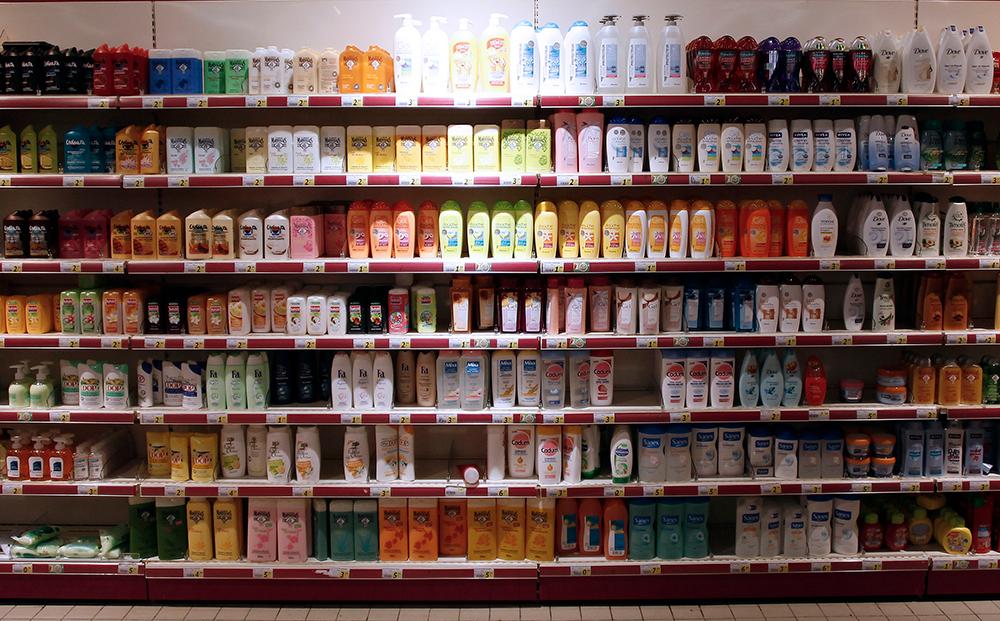Shampoo. Shaving cream. Deodorant. Makeup. Hair dye. Perfume and cologne. These and dozens of other products may be in your shower, gym bag, or medicine cabinet. But do you know what’s in them? Could any of their ingredients be risky for your health?
Personal care products, including cosmetics, are regulated by the U.S. Food and Drug Administration (FDA). But they’re not treated like drugs. They don’t have to be approved by the FDA before they go on the market. So companies don’t have to prove that personal care products are safe or effective before selling them, says Dr. Alexandra White, who studies chemicals and health at NIH.





